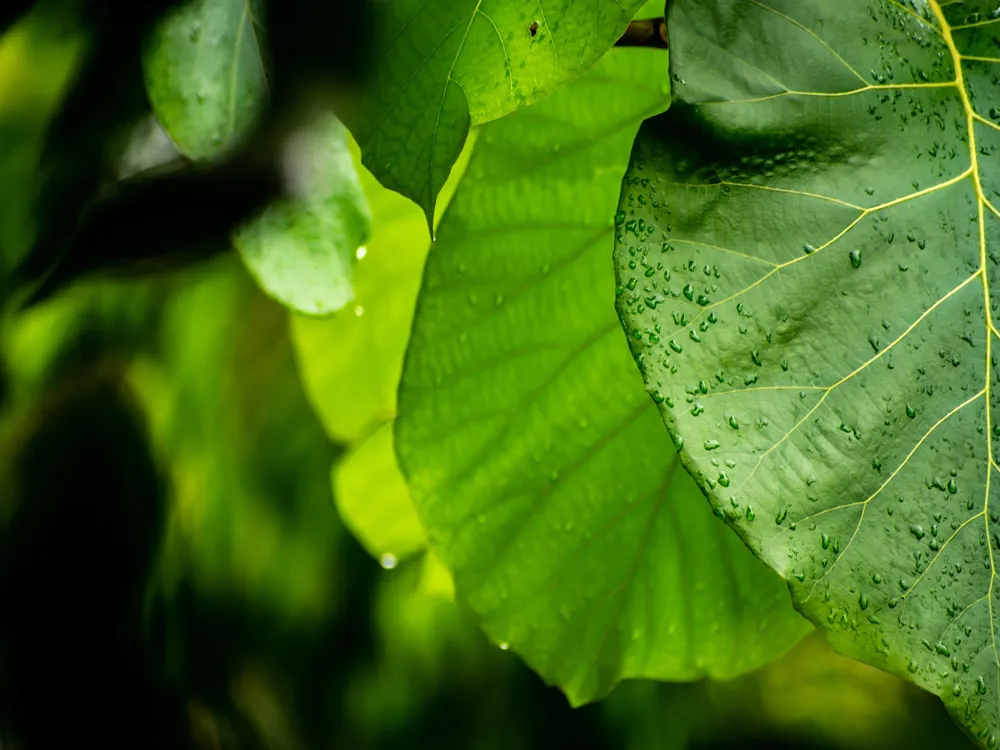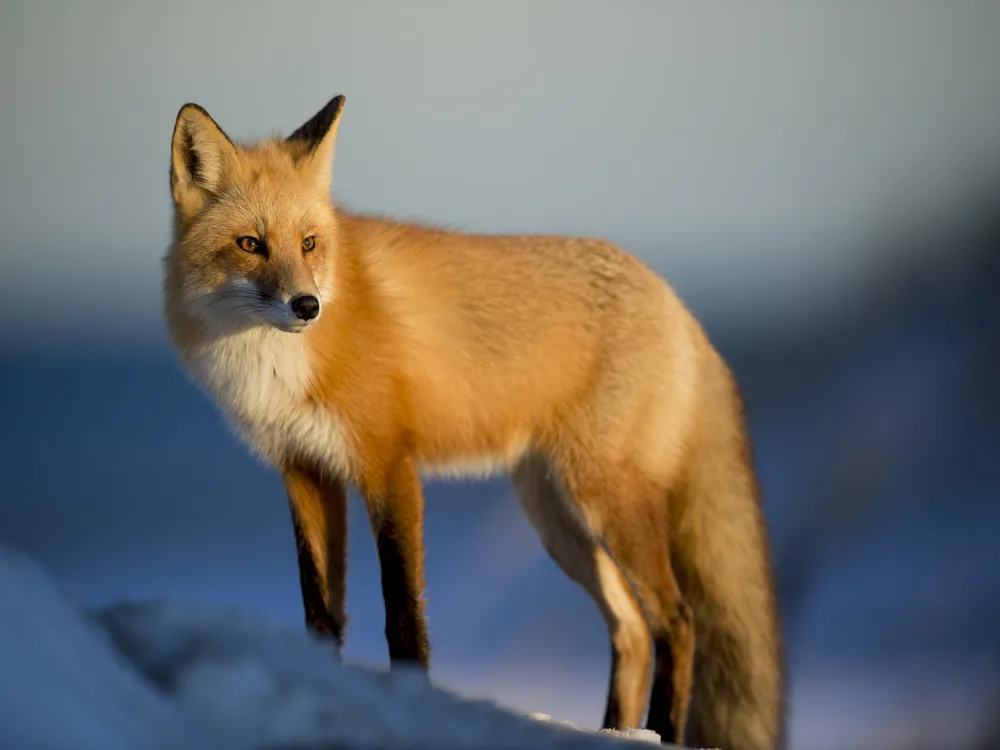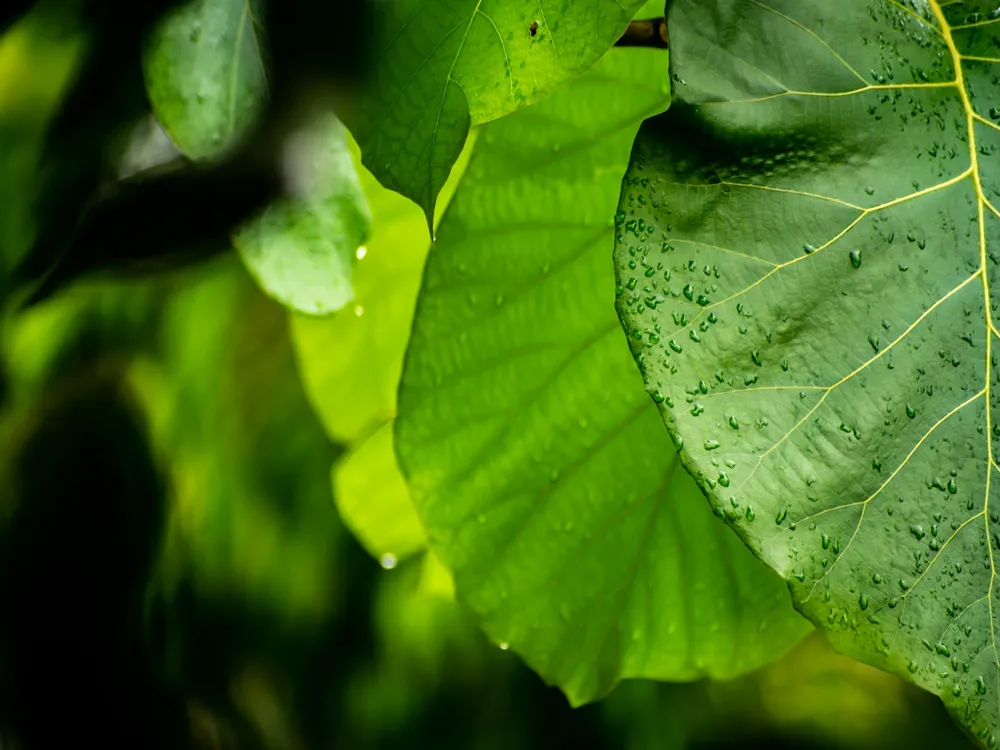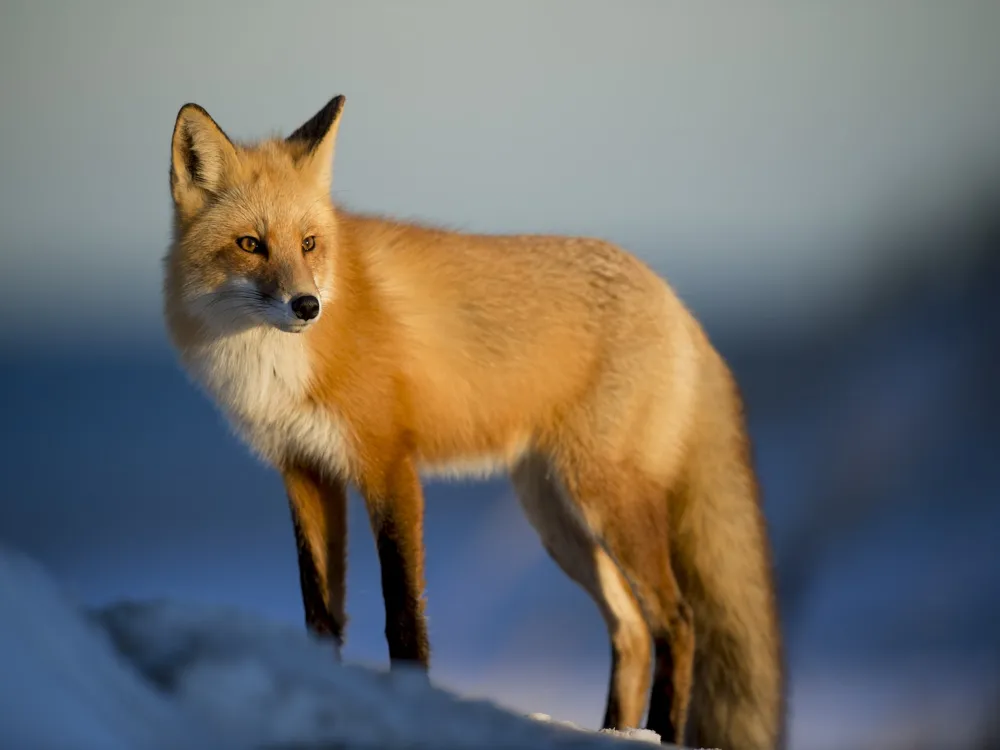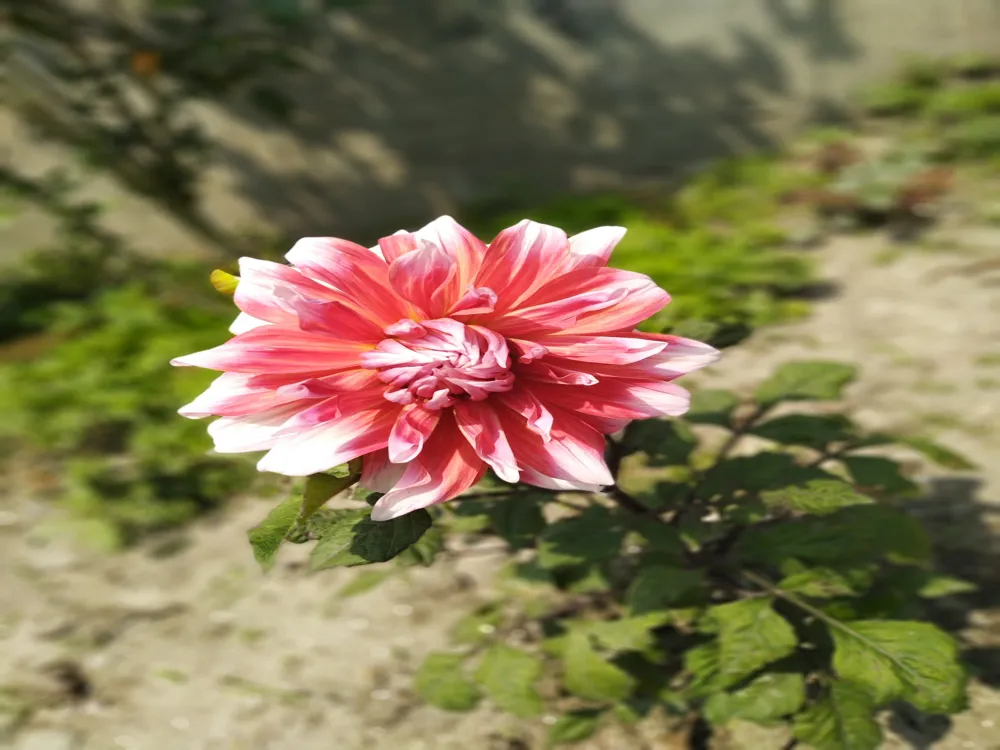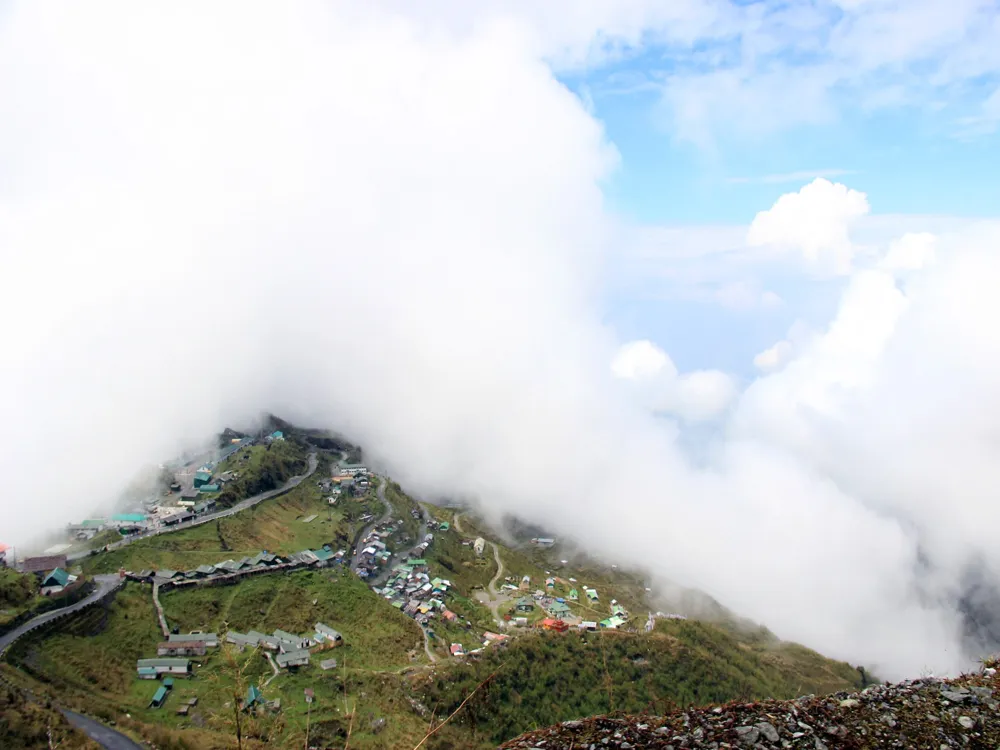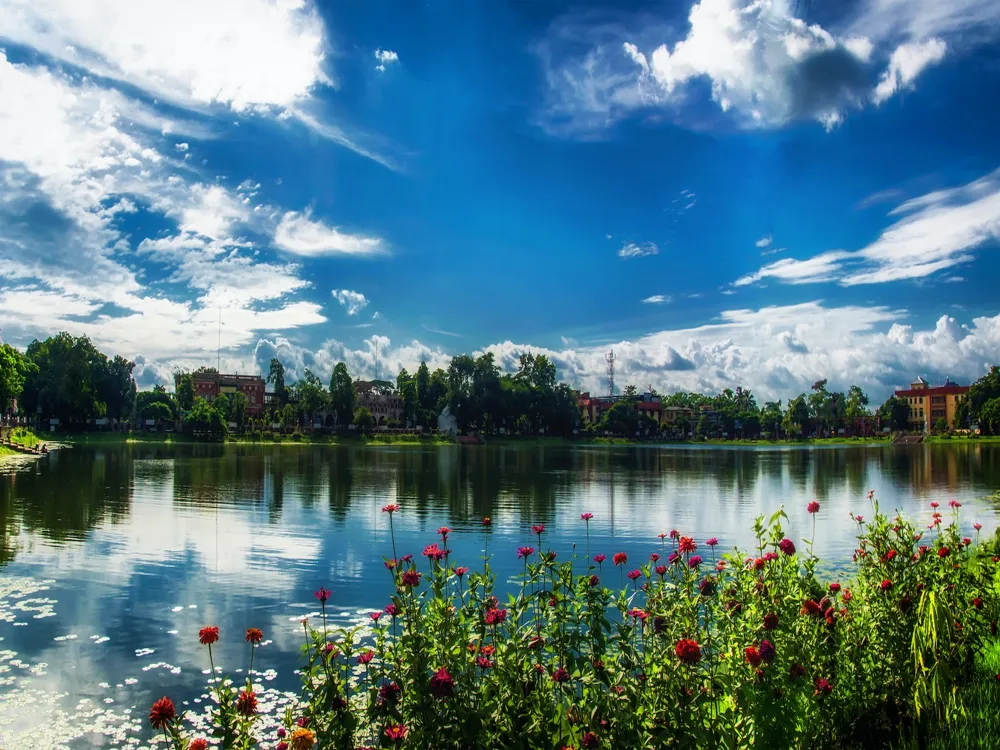Nestled in the heart of the Dooars region of West Bengal, Sumsing and Suntalekhola are two hidden gems waiting to be explored. These quaint villages, surrounded by dense forests and crisscrossed by meandering streams, offer a serene escape from the bustling city life. The area is part of the Gorumara National Park, known for its rich biodiversity and lush green landscapes. The journey to Sumsing and Suntalekhola is as enchanting as the destinations themselves. The region boasts of a diverse range of flora and fauna, with numerous bird species, making it a paradise for birdwatchers. The area is also home to various wildlife like bison, elephants, and leopards. The Suntalekhola River, flowing through the forest, adds a soothing soundtrack to this picturesque setting. Visitors can indulge in activities like trekking through the Neora Valley National Park, visiting the nearby tea gardens, or simply soaking in the natural beauty of the landscape. The local communities, primarily comprising of the indigenous Gorkha and Rabha tribes, add a rich cultural dimension to the experience with their unique traditions and warm hospitality. Sumsing and Suntalekhola, with their untouched natural beauty and tranquil environment, offer a perfect retreat for nature lovers, adventure enthusiasts, and anyone looking to reconnect with nature. The architecture in Sumsing and Suntalekhola is a fascinating blend of traditional and contemporary styles, reflecting the rich cultural heritage of the region. The traditional houses, made of bamboo and wood, are designed to withstand the varied climatic conditions. These structures, with their sloping roofs and spacious verandas, are not just functional but also aesthetically pleasing. The use of locally sourced materials in construction showcases the communities’ respect for and harmony with nature. The Rabha and Gorkha tribes’ influence is evident in the ornate carvings and colorful motifs that adorn many of the homes. These artistic expressions are not just decorative elements but also tell tales of the local folklore and traditions. In recent years, there has been a gradual shift towards more modern architecture, with the construction of eco-friendly resorts and lodges. These structures, while modern in amenities, are designed to blend seamlessly with the natural surroundings, ensuring minimal environmental impact. The integration of traditional designs with modern comforts offers visitors a unique and sustainable way to experience the beauty of Sumsing and Suntalekhola. The best time to visit Sumsing and Suntalekhola is between October and April when the weather is pleasant, and the natural beauty of the region is at its peak. The monsoon season, from June to September, should be avoided due to heavy rainfall and the risk of landslides. When packing for Sumsing and Suntalekhola, it's essential to include comfortable walking shoes, light and warm clothing, a raincoat, and insect repellent. Don't forget to carry a camera to capture the scenic beauty and a pair of binoculars if you're interested in bird watching. Visitors should respect the local culture and traditions. It’s advisable to dress modestly and seek permission before photographing local people or their homes. Engaging with the community and learning about their way of life can enrich your travel experience. Sumsing and Suntalekhola are accessible by road from major cities like Siliguri and Jalpaiguri. The nearest airport is Bagdogra, and the closest railway station is New Jalpaiguri (NJP). From NJP or Bagdogra, visitors can hire a taxi or opt for a shared jeep to reach these villages. The journey offers scenic views of the Himalayan foothills and lush tea gardens, making it an experience in itself. Read More:Overview of Sumsing and Suntalekhola in Dooars, West Bengal
Architecture of Sumsing and Suntalekhola
Tips When Visiting Sumsing and Suntalekhola
Best Time to Visit
Packing Essentials
Respect Local Culture
How To Reach Sumsing and Suntalekhola
Sumsing and Suntalekhola
Dooars
West Bengal
NaN onwards
View dooars Packages
Dooars Travel Packages
View All Packages For Dooars
Top Hotel Collections for Dooars

Private Pool

Luxury Hotels

5-Star Hotels

Pet Friendly
Top Hotels Near Dooars
Other Top Ranking Places In Dooars
View All Places To Visit In dooars
View dooars Packages
Dooars Travel Packages
View All Packages For Dooars
Top Hotel Collections for Dooars

Private Pool

Luxury Hotels

5-Star Hotels

Pet Friendly







